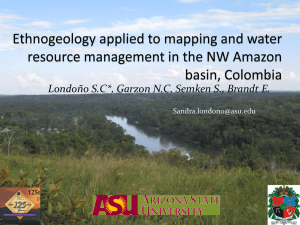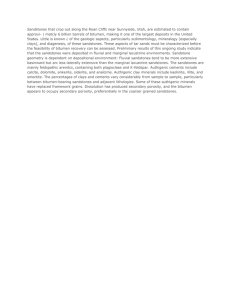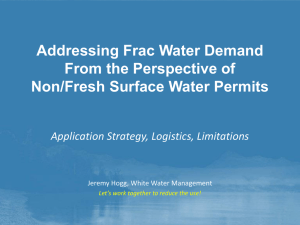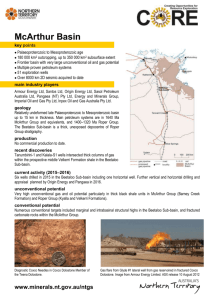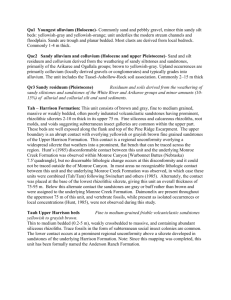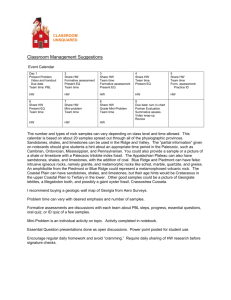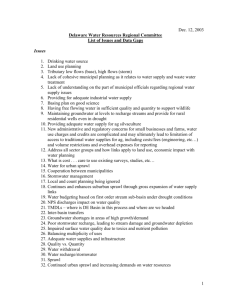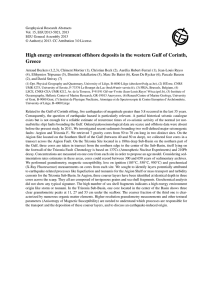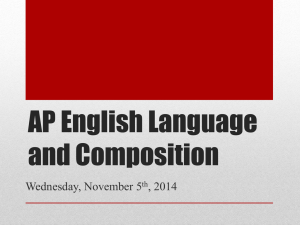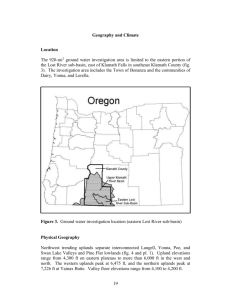The Grès d`Annot outcrops around the village of Peira Cava are the
advertisement
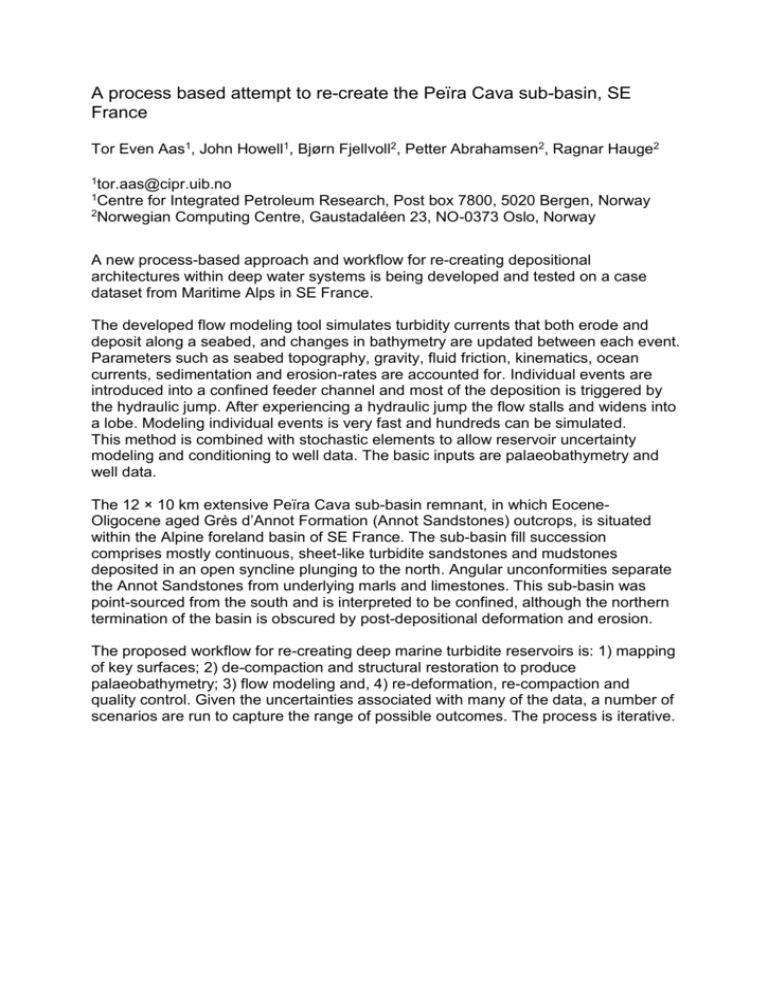
A process based attempt to re-create the Peïra Cava sub-basin, SE France Tor Even Aas1, John Howell1, Bjørn Fjellvoll2, Petter Abrahamsen2, Ragnar Hauge2 1tor.aas@cipr.uib.no 1Centre for Integrated Petroleum Research, Post box 7800, 5020 Bergen, Norway Computing Centre, Gaustadaléen 23, NO-0373 Oslo, Norway 2Norwegian A new process-based approach and workflow for re-creating depositional architectures within deep water systems is being developed and tested on a case dataset from Maritime Alps in SE France. The developed flow modeling tool simulates turbidity currents that both erode and deposit along a seabed, and changes in bathymetry are updated between each event. Parameters such as seabed topography, gravity, fluid friction, kinematics, ocean currents, sedimentation and erosion-rates are accounted for. Individual events are introduced into a confined feeder channel and most of the deposition is triggered by the hydraulic jump. After experiencing a hydraulic jump the flow stalls and widens into a lobe. Modeling individual events is very fast and hundreds can be simulated. This method is combined with stochastic elements to allow reservoir uncertainty modeling and conditioning to well data. The basic inputs are palaeobathymetry and well data. The 12 × 10 km extensive Peïra Cava sub-basin remnant, in which EoceneOligocene aged Grès d’Annot Formation (Annot Sandstones) outcrops, is situated within the Alpine foreland basin of SE France. The sub-basin fill succession comprises mostly continuous, sheet-like turbidite sandstones and mudstones deposited in an open syncline plunging to the north. Angular unconformities separate the Annot Sandstones from underlying marls and limestones. This sub-basin was point-sourced from the south and is interpreted to be confined, although the northern termination of the basin is obscured by post-depositional deformation and erosion. The proposed workflow for re-creating deep marine turbidite reservoirs is: 1) mapping of key surfaces; 2) de-compaction and structural restoration to produce palaeobathymetry; 3) flow modeling and, 4) re-deformation, re-compaction and quality control. Given the uncertainties associated with many of the data, a number of scenarios are run to capture the range of possible outcomes. The process is iterative.
